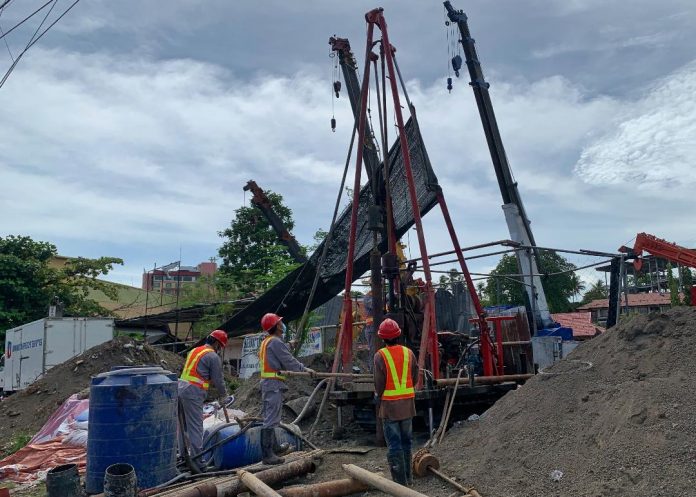
The Rodriguez-Lucas family, owner of the Paradise Island Park and Beach Resort in the Island Garden City of Samal (IGaCoS), is ready to sit down with the Department of Public Works and Highways (DPWH) with the intention of finding a win-win solution to the Samal Island-Davao City (SIDC) Connector Project standoff.
The Rodriguez-Lucas family reiterated it is not opposing the project except for its present alignment which according to the family “was arbitrarily chosen.”
The bridge’s landing site on the Samal side will cover a reef in between Paradise Island Park and Beach Resort and Costa Marina Beach Resort, both owned by the family.
The family stood pat on its stand that the current alignment was chosen in Manila by a few government functionaries without consulting landowners and stakeholders and even before an Environmental Impact Statement (EIS) was conducted.
In a statement shared to Edge Davao by BMV and V Law Firm, the legal counsel for the Rodriguez-Lucas family, stressed that based on scientific findings by expert marine biologists, the current alignment will irreversibly and irreparably damage the Paradise Reef—among the last remaining healthy coral reefs in Samal, which was preserved as a de facto marine sanctuary for almost a century.
“An independent environmentalist has noted that a dive or snorkel would make it evident even to a Grade 1 pupil how the Paradise Reef is so rich, productive, and teeming with life,” it said.
The family offered to donate to the government a valuable piece of property with less marine life just a short distance away from the old shipyard, Bridgeport, as an alternative landing site in Samal Island.
However, this offer remains unaccepted up to this time.
The family stated that Bridgeport was notably recommended by the Japan International Cooperation Agency (JICA) as the preferred landing site in Samal as the bridge will be shorter, cheaper, and will spare rich marine
life from destruction.
“Hence, it can be surmised that the DENR was deprived of the opportunity to inform itself of other alignments with less environmental impacts, including the JICA-recommended alignment, before the Environmental Compliance Certificate (ECC) for the bridge was granted,” it said.
The family also noted that there were procedural lapses in the issuance of the required ECC, which was issued without a prior Protected Area Management Board (PAMB) clearance which is an essential requirement.
The entire Samal Island is a protected area, it being classified as a Mangrove Swamp Forest Reserve under Proclamation No. 2152, s. 1981, which became an initial component of the National Integrated Protected Areas System or NIPAS.
Its boundary has not been modified by an act of Congress to date.
“Therefore, it is misleading to state that the landing site in Samal Island is outside the declared protected area. A valid PAMB Clearance therefore is essential before an ECC could be issued. While the airport height limits and navigation channel requirements have been raised as a concern, we trust that engineering solutions are available to address the same, with the end view of implementing a cost-efficient and environmentally sustainable bridge project” it said.






